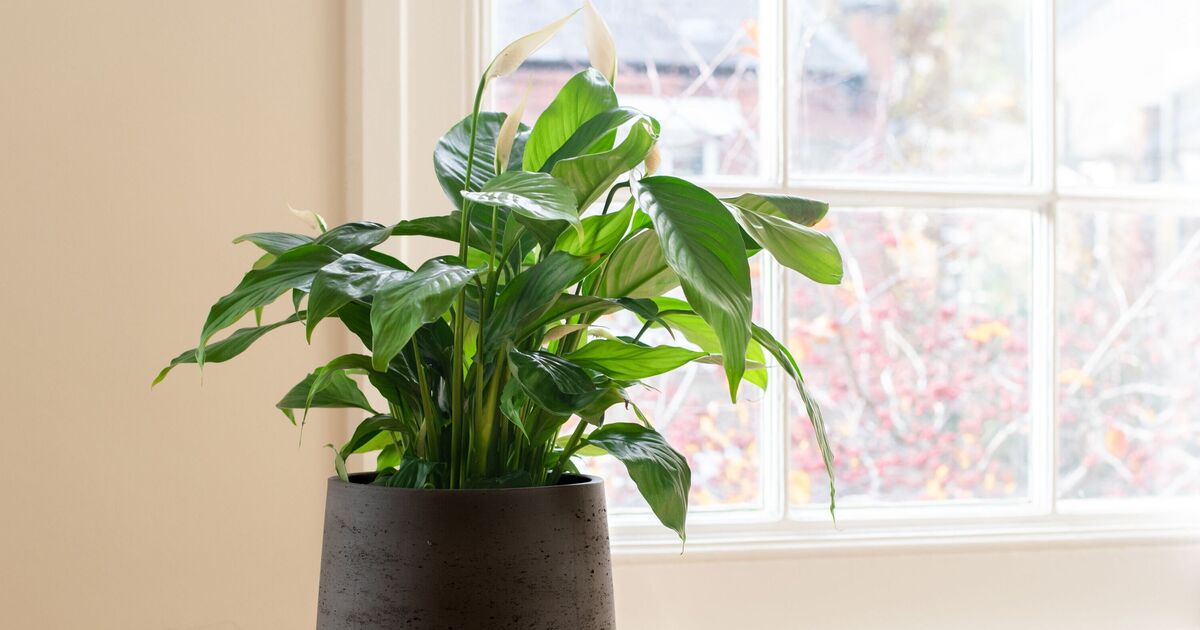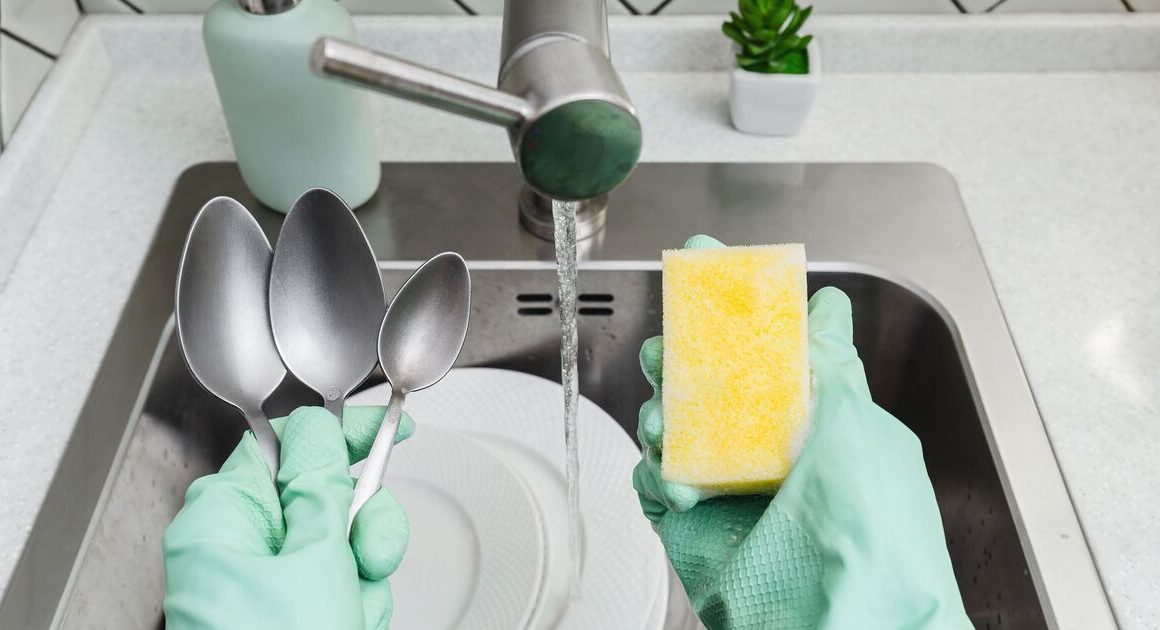Houseplants are a great way to freshen up your home and add a splash of colour to your decor.
Indoor plants can even be beneficial, oxygenating rooms and filtering toxins from the air including carbon dioxide.
The bathroom is one of the most popular rooms in the home for houseplants. Bathrooms are warm and humid which means they’re the perfect spot for some houseplants.
However, an expert has warned against putting certain houseplant species in bathrooms. Henry Maia, the Vice President of Mineral Tiles said some species of indoor plants can “get mouldy and attract insects, driving spore-inhalation allergies and spreading germs”.
He continued: “While many of the following indoor plants can look great and even smell good, don’t be tempted to include them in your bathroom décor.
“They’re bad for your health. Find other indoor plants to use that look just as amazing, but which don’t suffer from mould build-up, attract insects, or cause allergies.”
Six plants to avoid putting in bathrooms
1. English Ivy (Hedera helix)
English ivy is a beautiful plant, however, it can attract mould and mildew if it is not properly ventilated.
Henry added: “It also has been known to be an allergen for some people.”
2. Boston Fern (Nephrolepis exaltata)
Boston ferns love humidity but they can also attract mould and dust mites. If your bathroom has poor ventilation, this could exacerbate the problem.
3. Peace Lily (Spathiphyllum spp.)
Peace lilies can attract pests like aphids and mealybugs. Henry added: “They also need proper drainage to avoid root rot, which can contribute to mould growth.”
4. Spider Plant (Chlorophytum comosum)
Spider plants are very easy to look after but they can attract spider mites and need good air circulation which is why bathrooms may not be the best room for them.
5. Pothos (Epipremnum aureum)
Pothos are popular plants but if they are overwatered, they can become a breeding ground for pests.
Henry added: “The excess moisture in a bathroom can exacerbate mould growth.”
6. Philodendron (Philodendron spp.)
Philodendrons can also attract pests and mould if they are overwatered or if bathrooms are not well-ventilated.










